 It’s about time–time for the Ohio Genealogical Society’s annual conference. That means that I need to send in my conference registration, and soon. The early registration deadline is quickly approaching (14 March). The conference will be held 31 March-2 April 2011 in Columbus, Ohio, and the theme is “Genealogy through the Centuries.”
It’s about time–time for the Ohio Genealogical Society’s annual conference. That means that I need to send in my conference registration, and soon. The early registration deadline is quickly approaching (14 March). The conference will be held 31 March-2 April 2011 in Columbus, Ohio, and the theme is “Genealogy through the Centuries.”
This year I will be strictly a conference attendee. I am no longer an officer or committee chair at OGS due to changes in my dental work schedule. I have, however, volunteered to man the Board for Certification of Genealogists (BCG) table in the exhibit area for a couple of hours. The rest of the time I look forward to attending the lectures and learning new research techniques and tips.
The conference planners ask that when you register you indicate the lectures you think you would like to attend. This is for space planning purposes. However, you are not obligated to attend the sessions you mark and I often change my mind at the last minute. As always, there is a nice variety of topics to choose from and all of the presenters are top-notch. This makes the selection process difficult. This year I am interested in learning more about technology, writing and military research. So, what are some of the lectures I plan to attend this year?
Some sessions of interest to me:
- Researching Your Colonial War Ancestor, by Craig Scott, CG
- After Mustering Out: Researching Civil War Veterans, by Amy Johnson Crow, CG
- Writing Your Family History Using Microsoft Word, by Michael Leclerc
- Railroad Records and Railroad History: Methods for Tracking, by Paula Stuart-Warren, CG
Joe’s grandfather worked for the railroad and I would like to pick up some research tips in this area. Uh-oh. I see a conflict already. Two of the lectures above are in the same time slot, the Civil War and Writing lectures. Decisions, decisions… I would like to attend Leslie Huber’s Thursday session, Researching and Writing Your Ancestors’ Stories, but that session almost runs into the new lineage society banquet time period. We can’t miss that banquet. Our family will be inducted into the new lineage society, Century Families of Ohio, on Thursday evening. This will be a special way to honor our grandparents and our other ancestors who resided in Ohio between 1861 and 1910. Our family will be honoring a total of 21 ancestors that evening. Joe had more ancestors than me this time, 13-8, and Jeff gets to honor all 21!
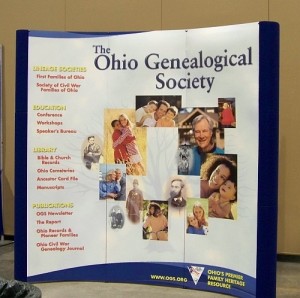
One of the features I like best at an OGS conference is the exhibit area. I like to browse the exhibit hall for items of interest. Ok, so I like to shop–anywhere, any time. I like to look through the books and maps and I am always interested in new genealogy software and tech items that can be used for genealogy. There are usually some clothing items and fun stuff to purchase as well. I often get new information and ideas by talking with the exhibitors and other attendees. There is always something new to learn in the world of genealogy. That’s what this conference is all about–learning, networking, meeting up with friends, and making new acquaintances. After all, we all have the common interest of genealogy and family history.
Well, looking through the registration booklet again, maybe I should select an Ohio or Pennsylvania lecture. After all, the Brewsters were from Pennsylvania and I still need to find out where Jackson Brewster was from… I still have time to make my final decisions.
See you in Columbus next month!
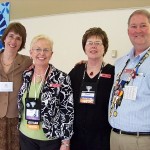
Deb, Karen, Miriam, Kenny (2010 Toledo)
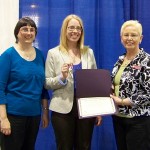
Elissa, Leslie, Karen (2010 Toledo)

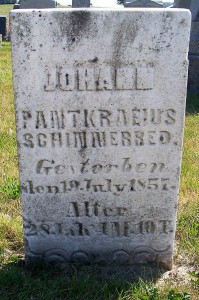
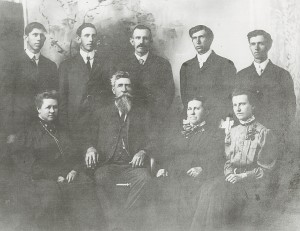
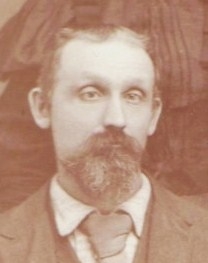


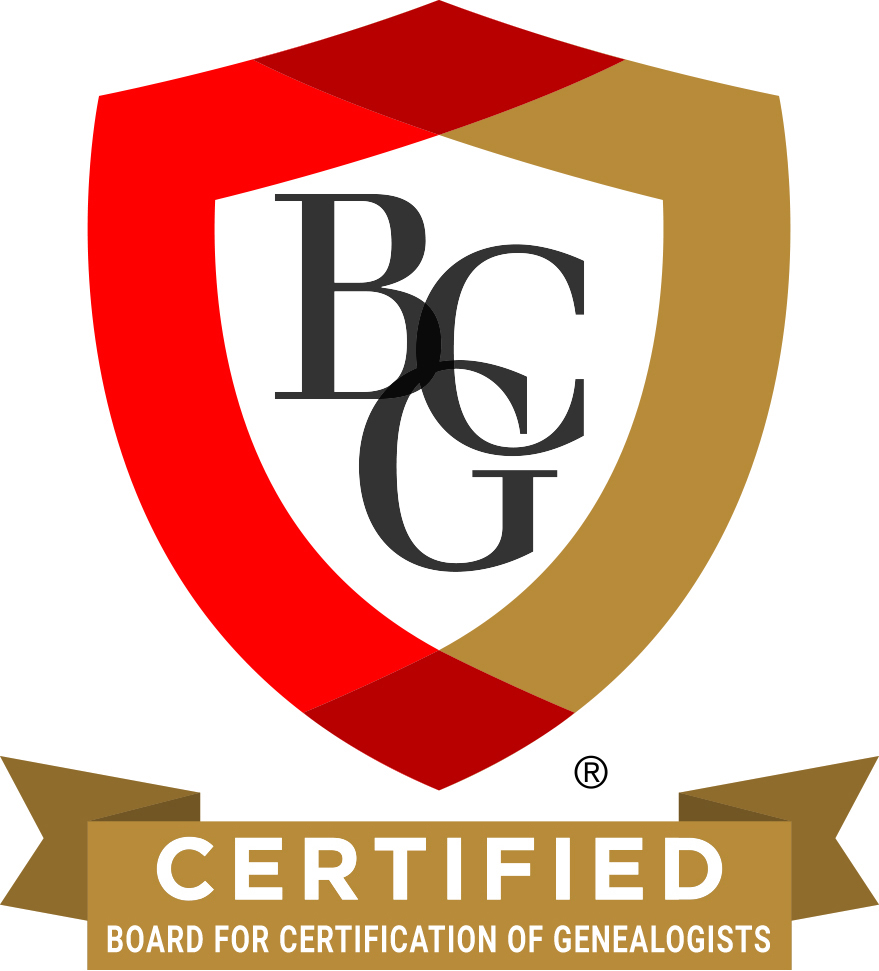
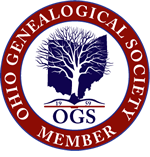

Unusual names for sure. I wish I knew why he picked those names. Liking geography is a good possibility. Thanks…
His father must have really liked geography to name his children after states. Very unusual names!
Thank you, Gloria. Great to hear from you and wishing you a nice spring and summer as well.
Thank you Karen. It was great to see them in their younger years. I always find your articles so interesting.…
What a story! I knew Henry Kissinger was in the 84th but have not corresponded with anyone connected to him.…